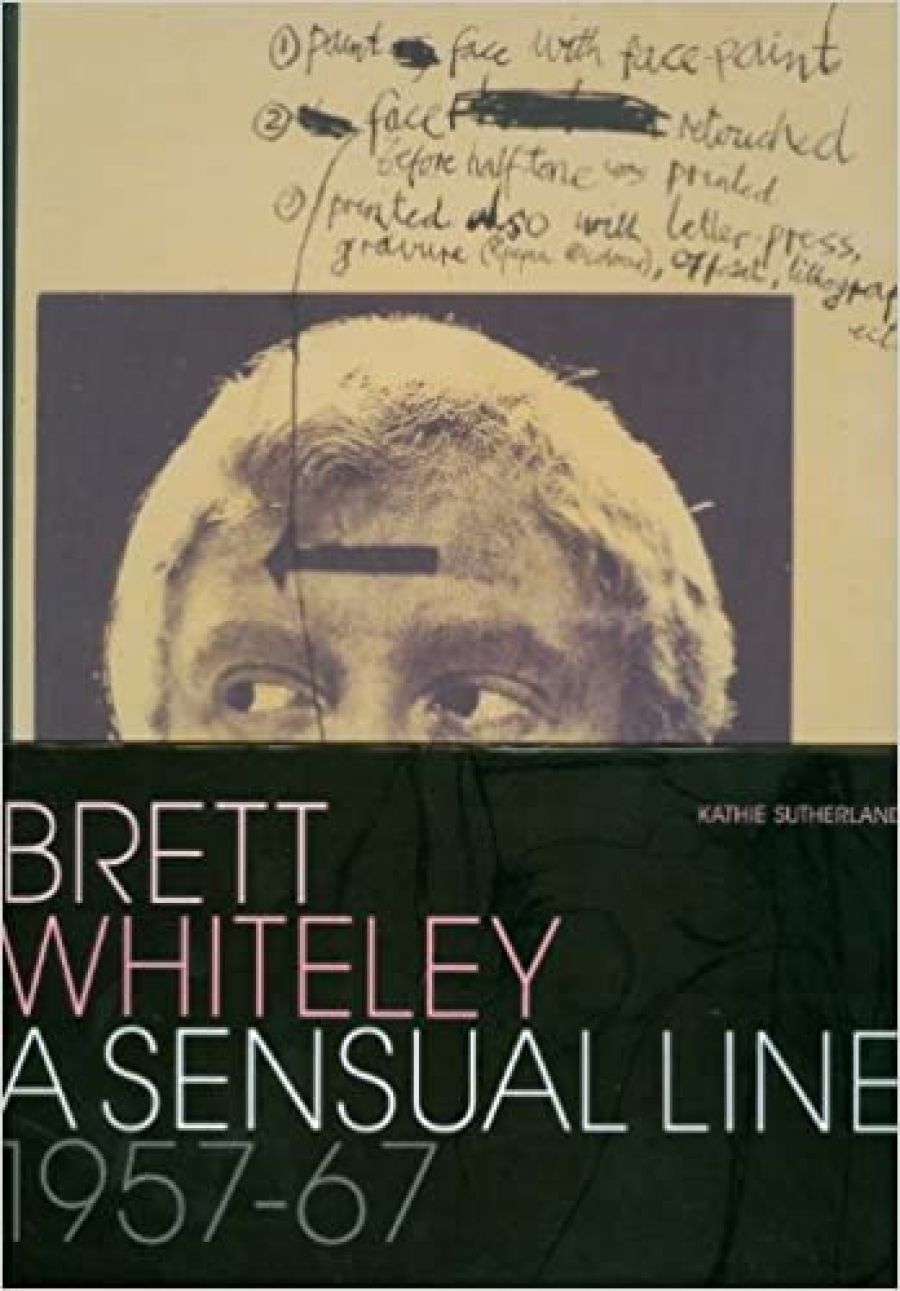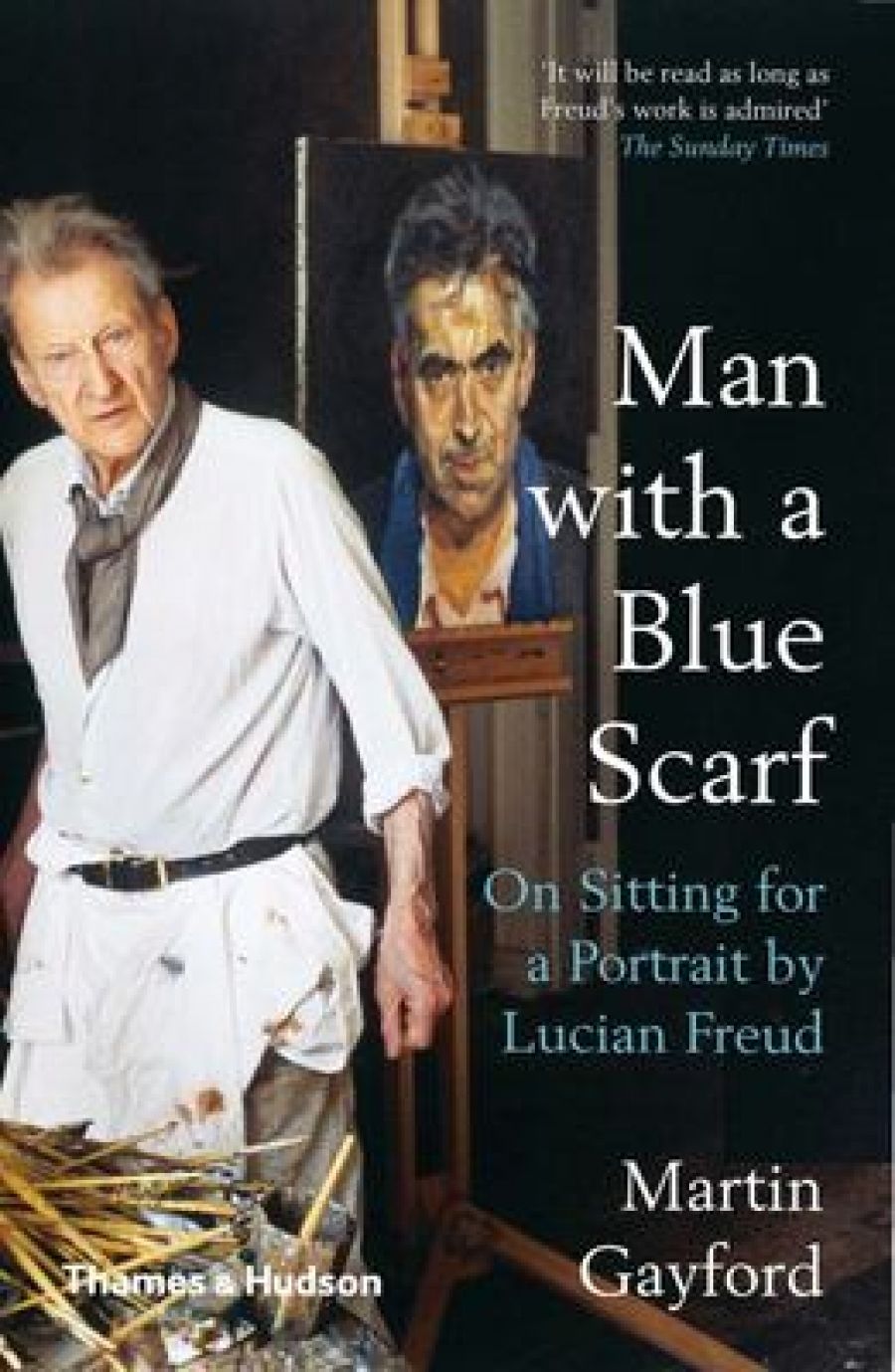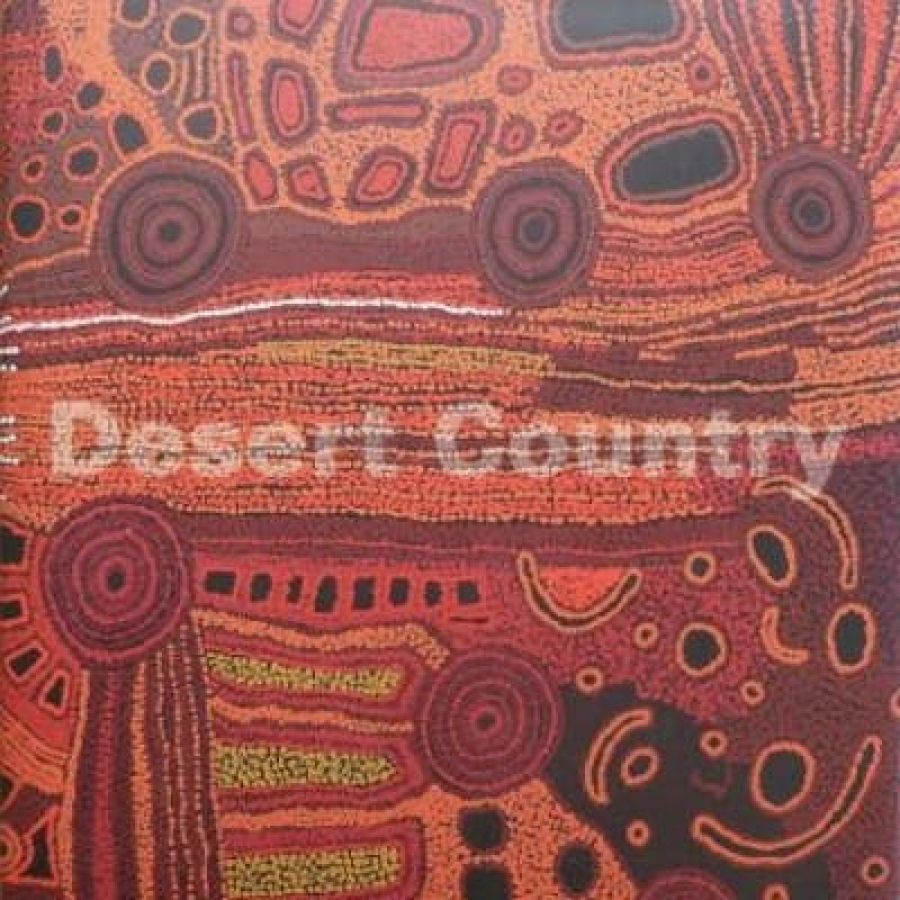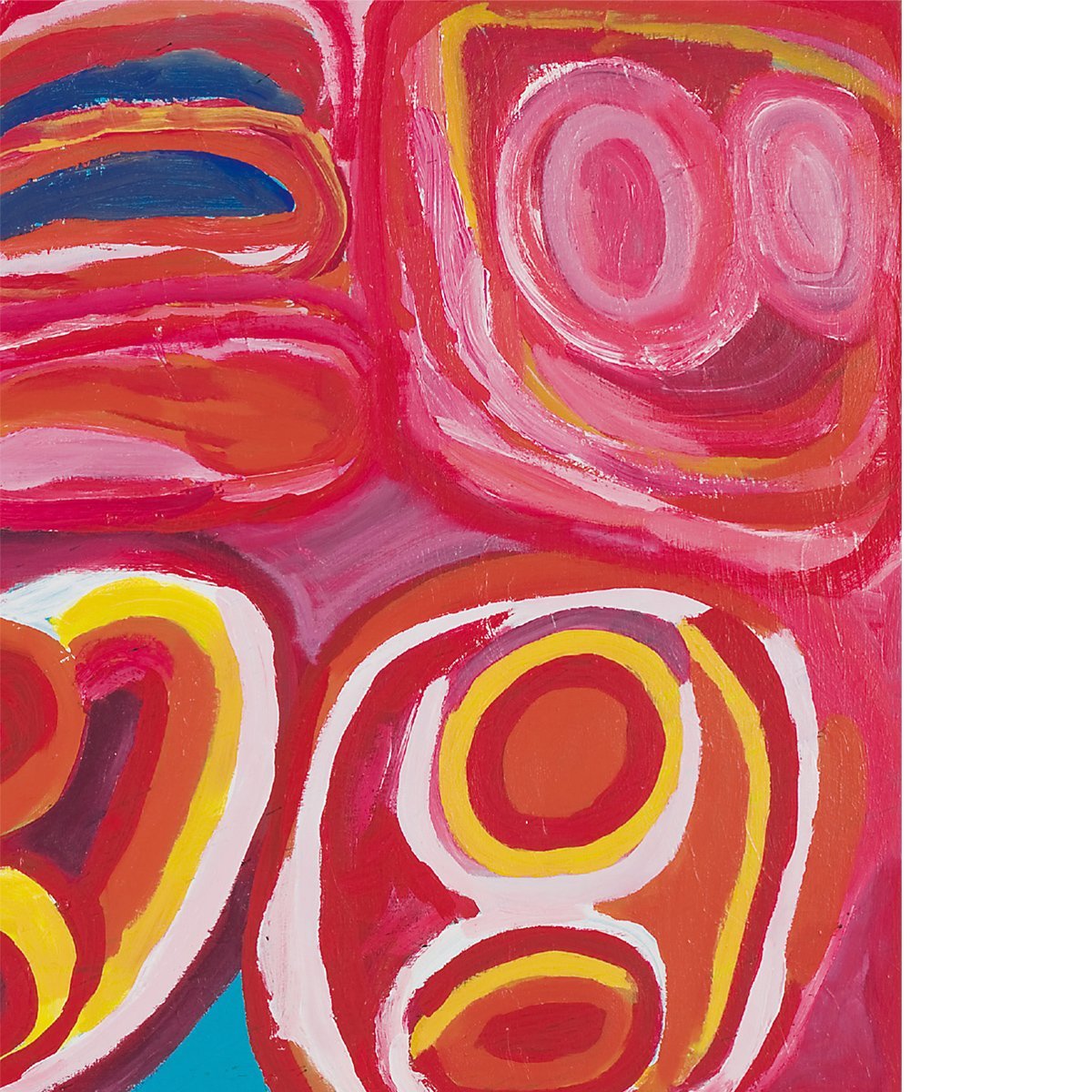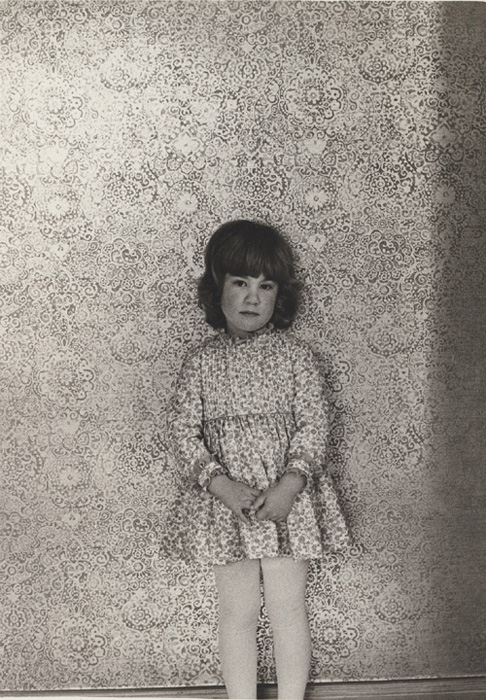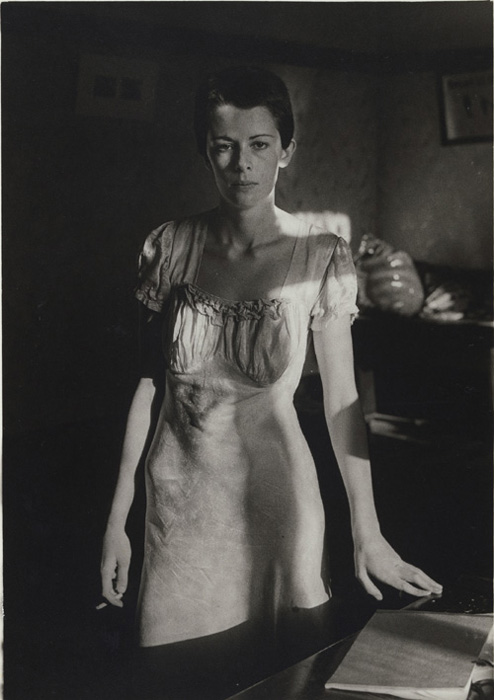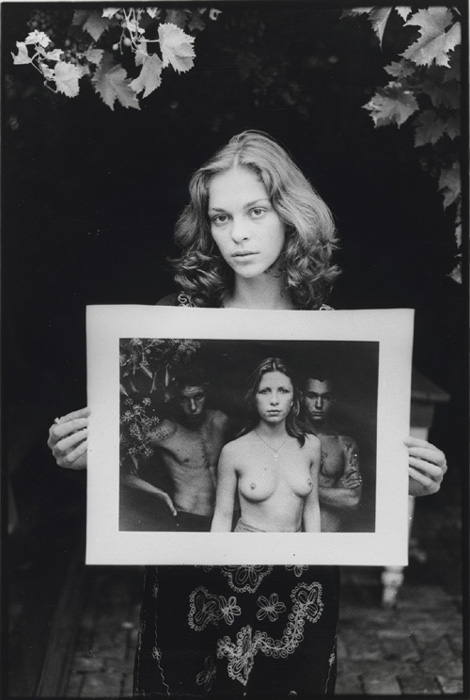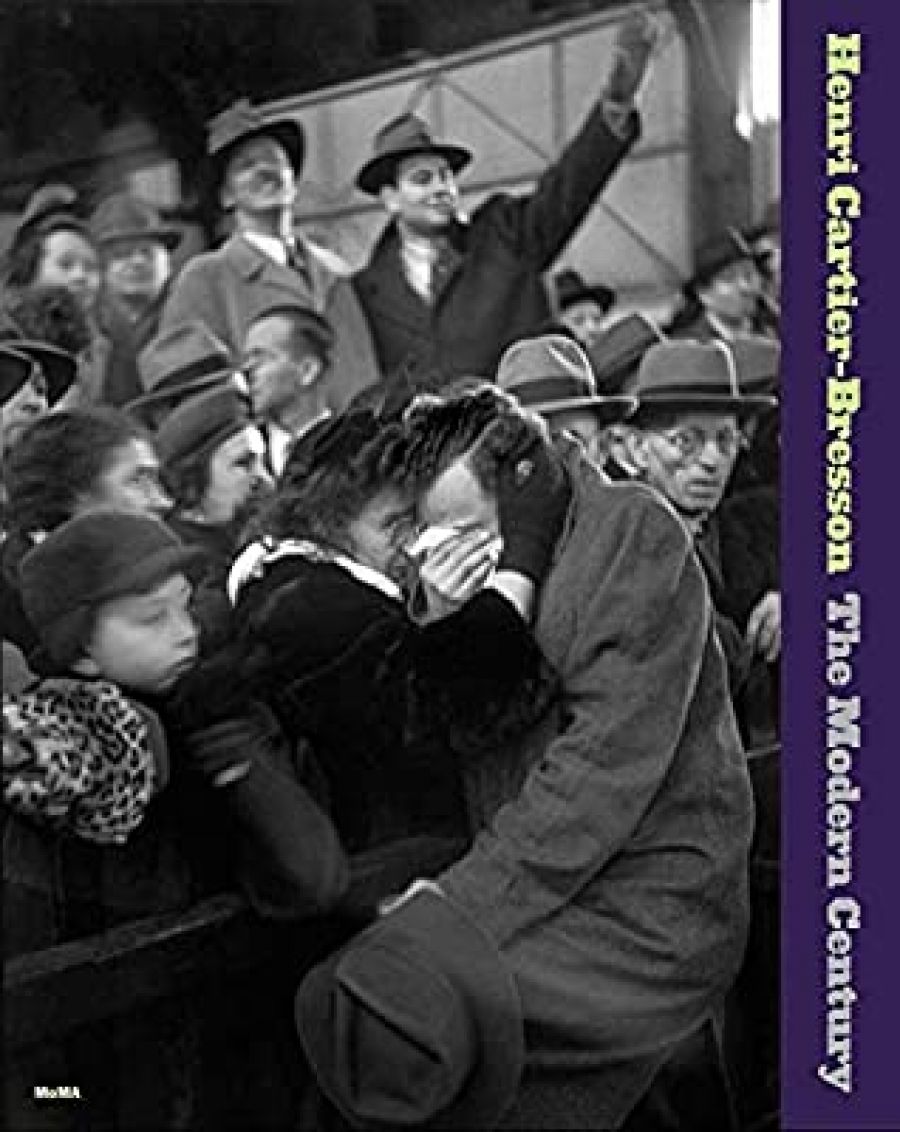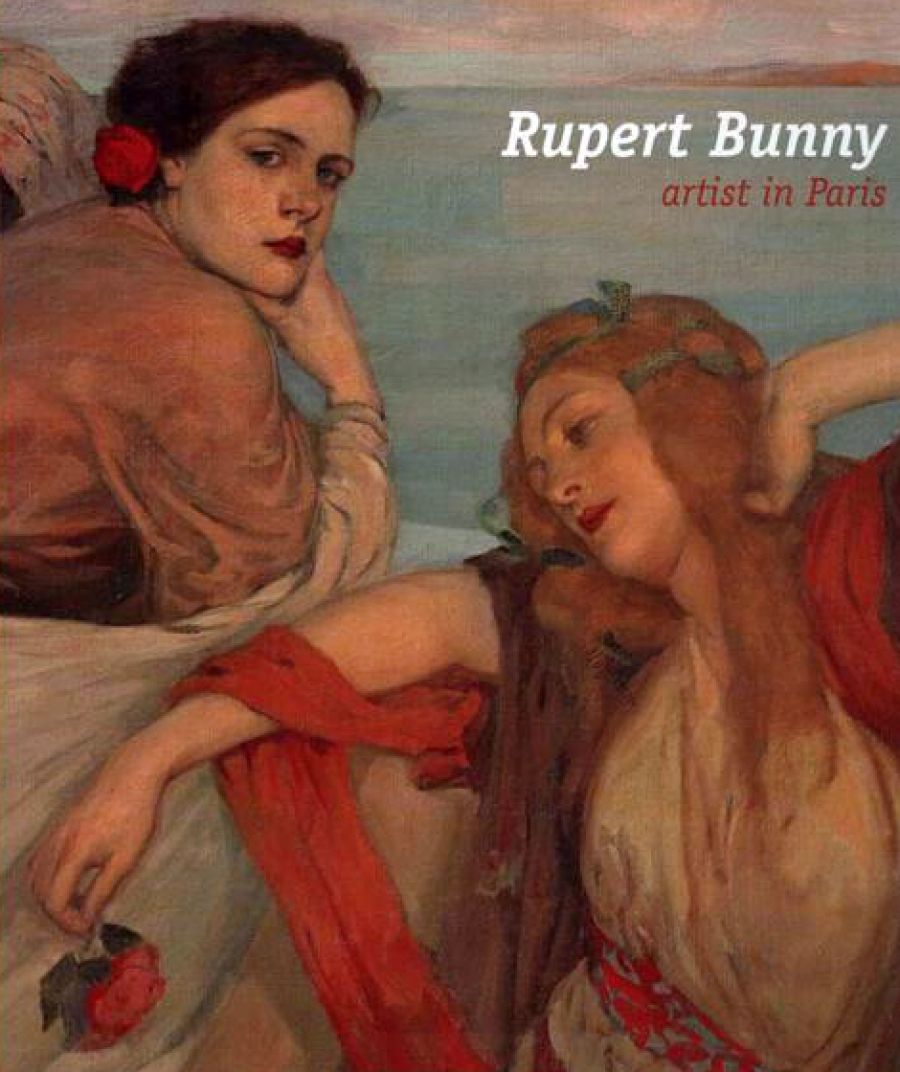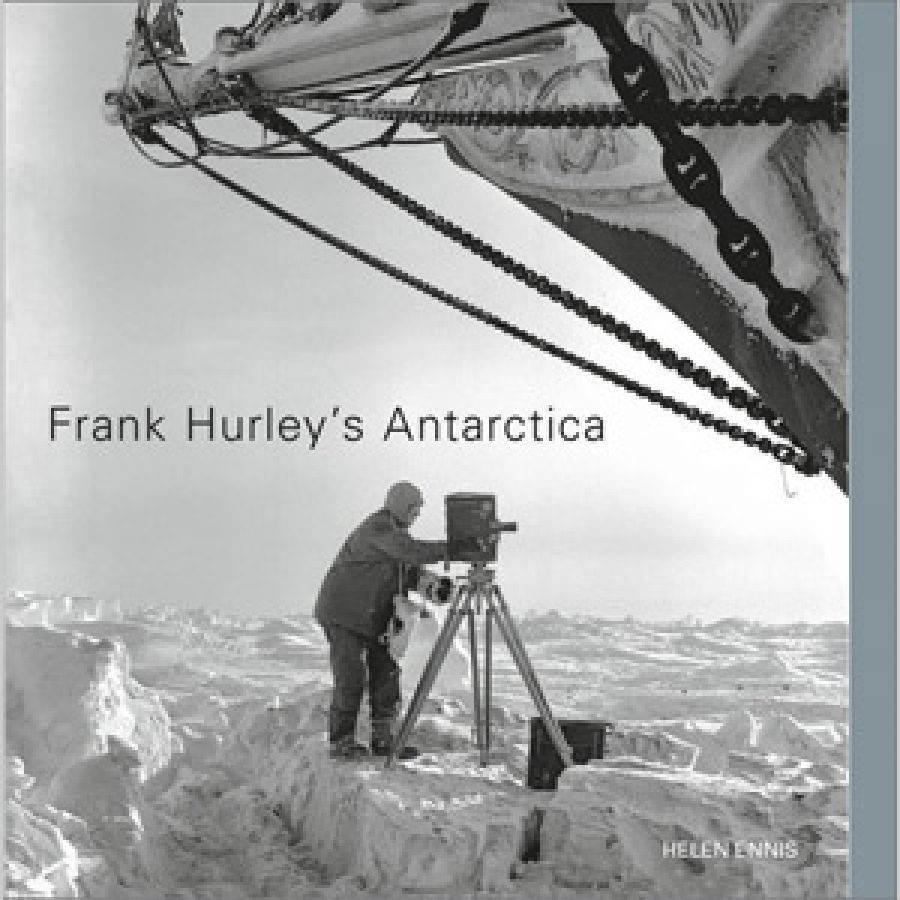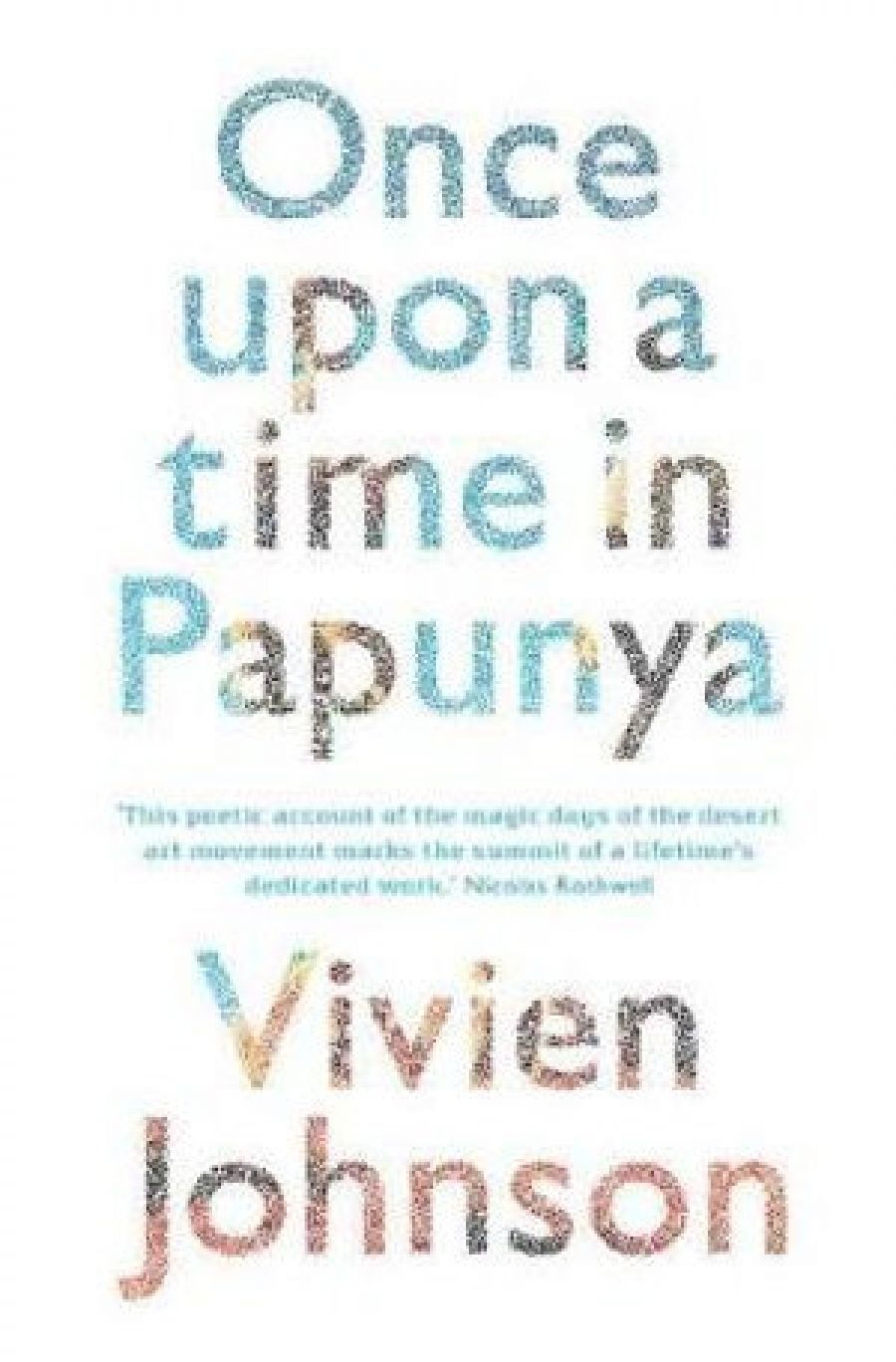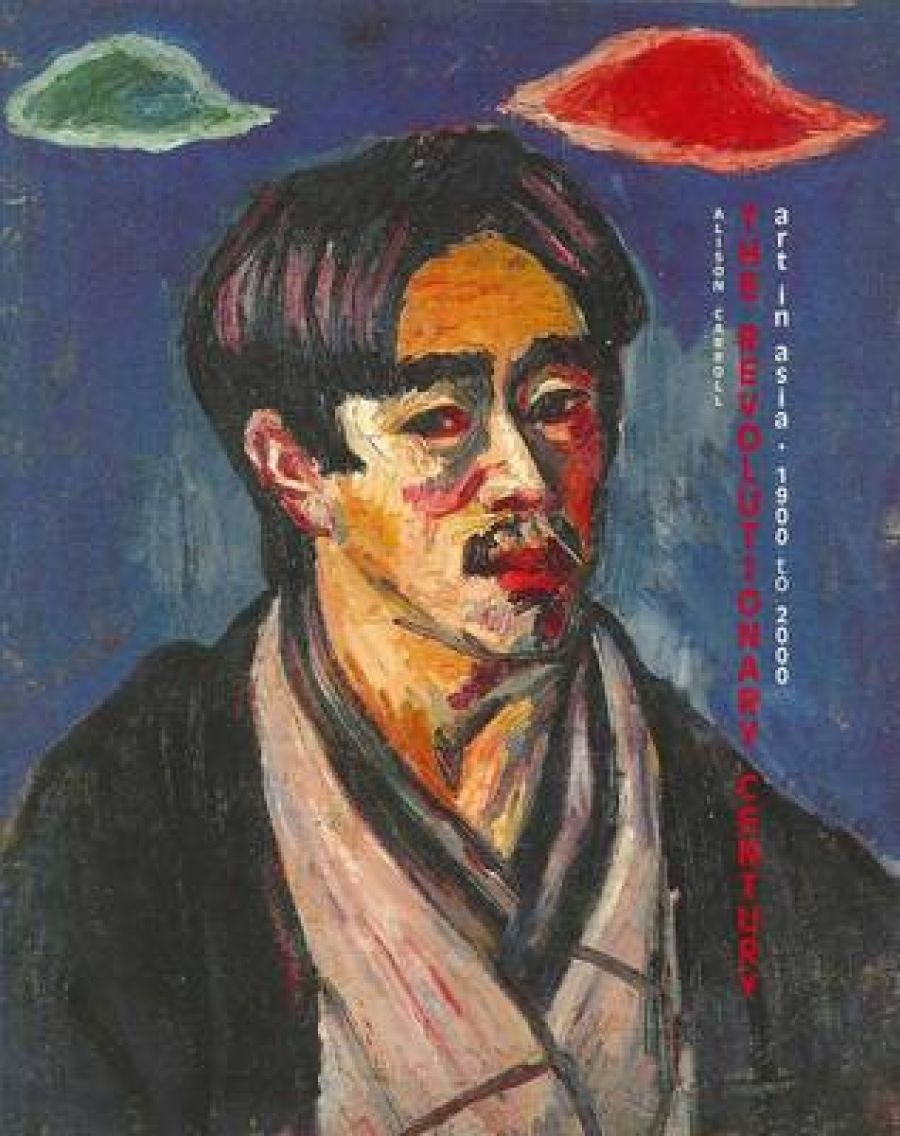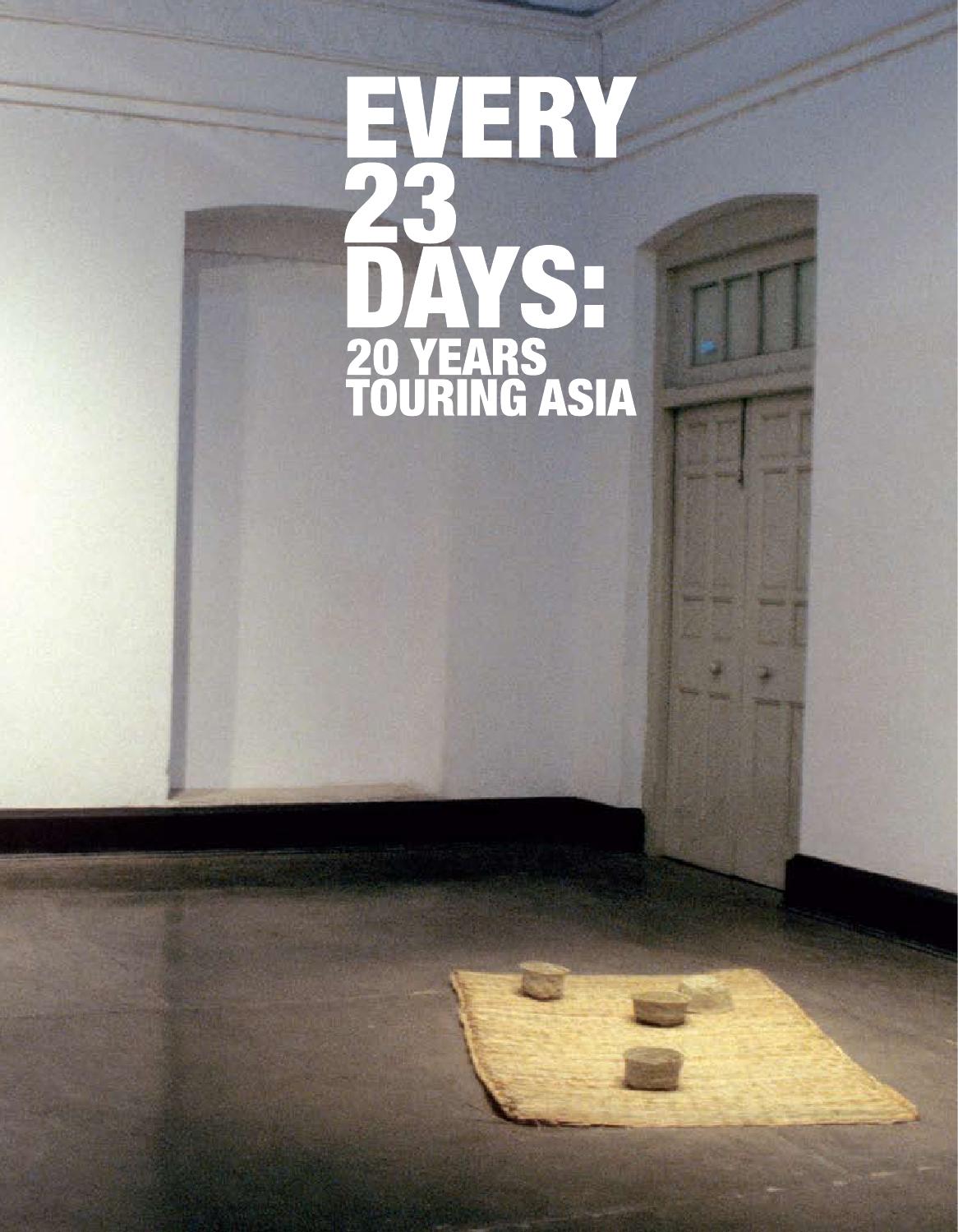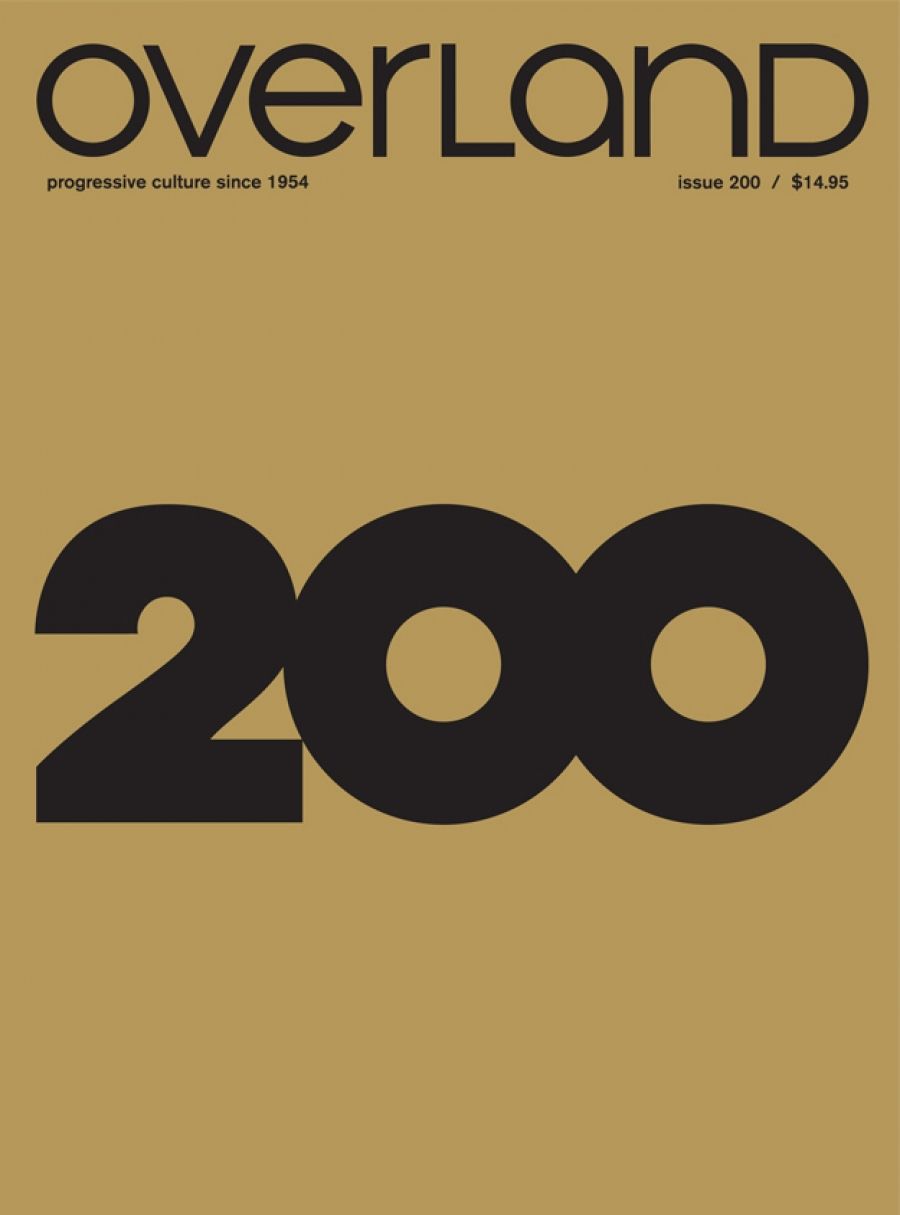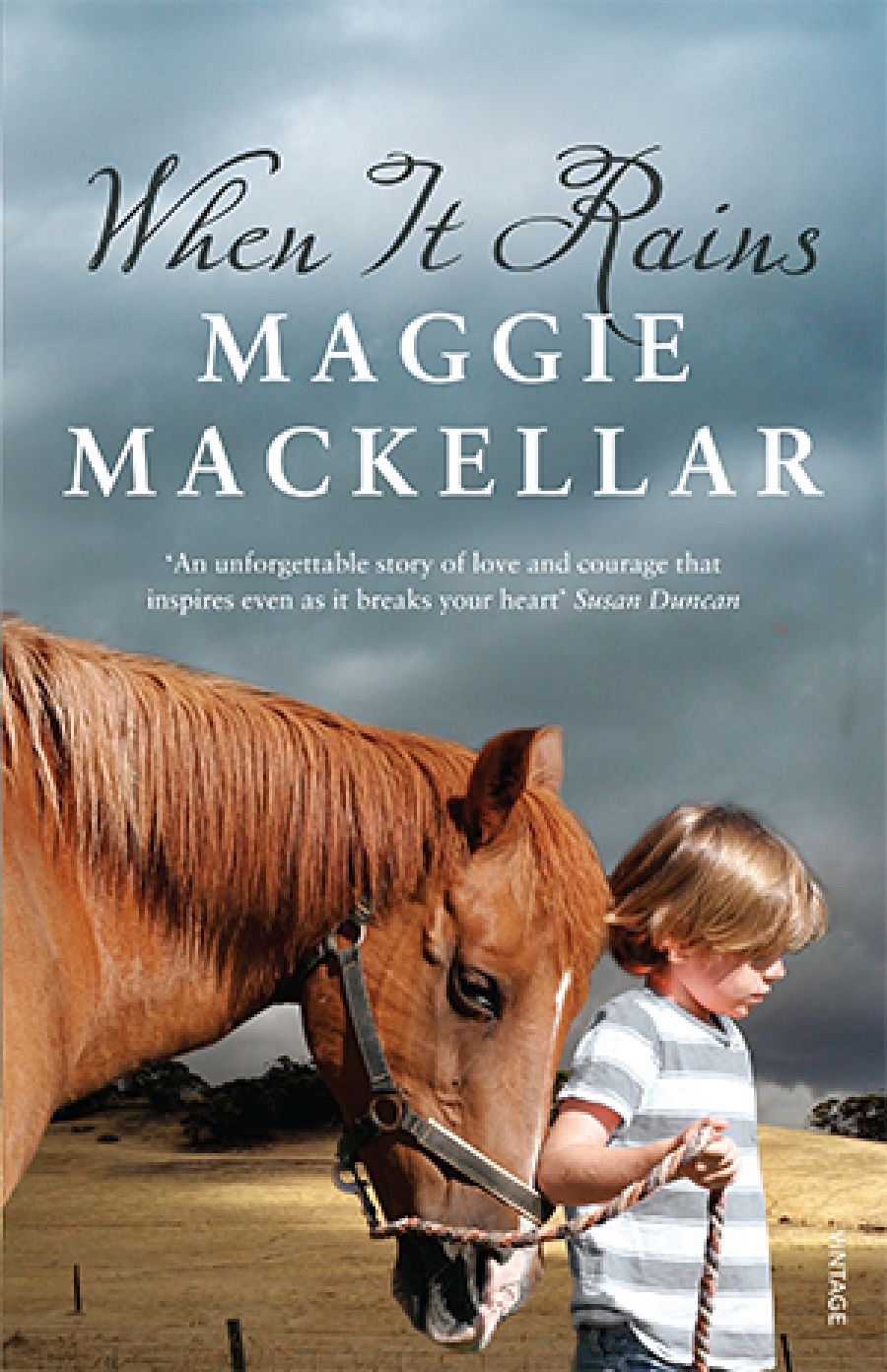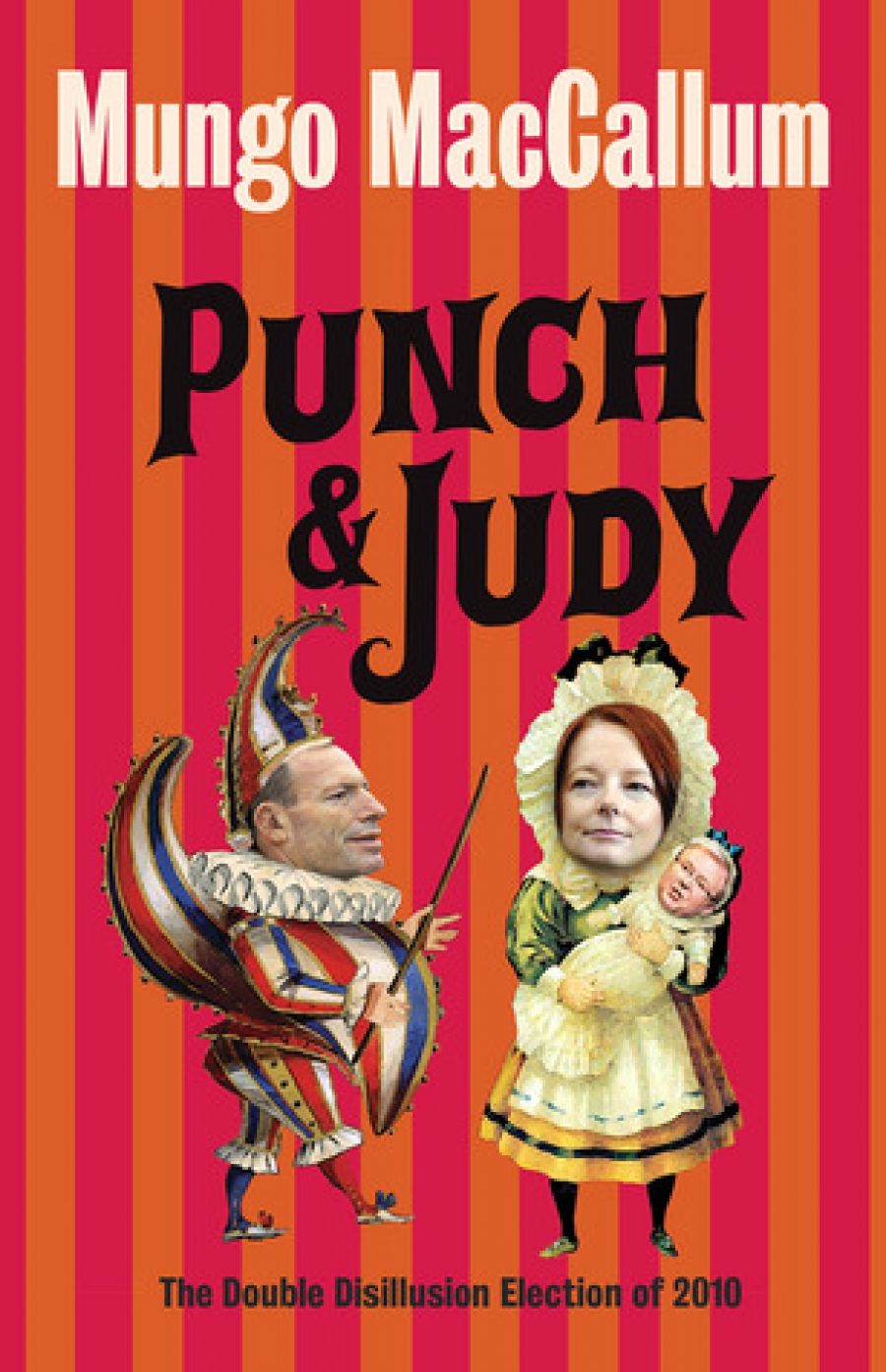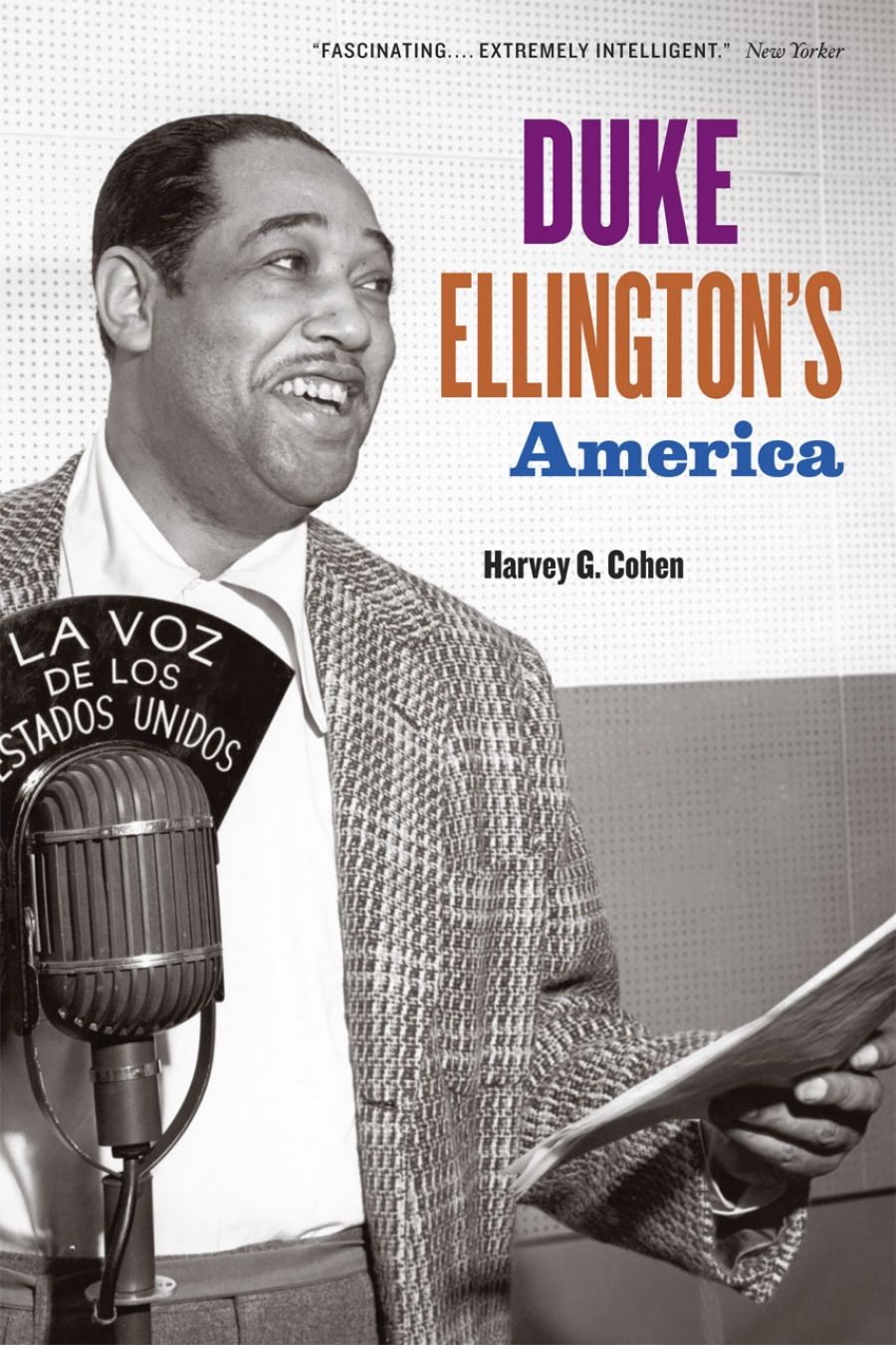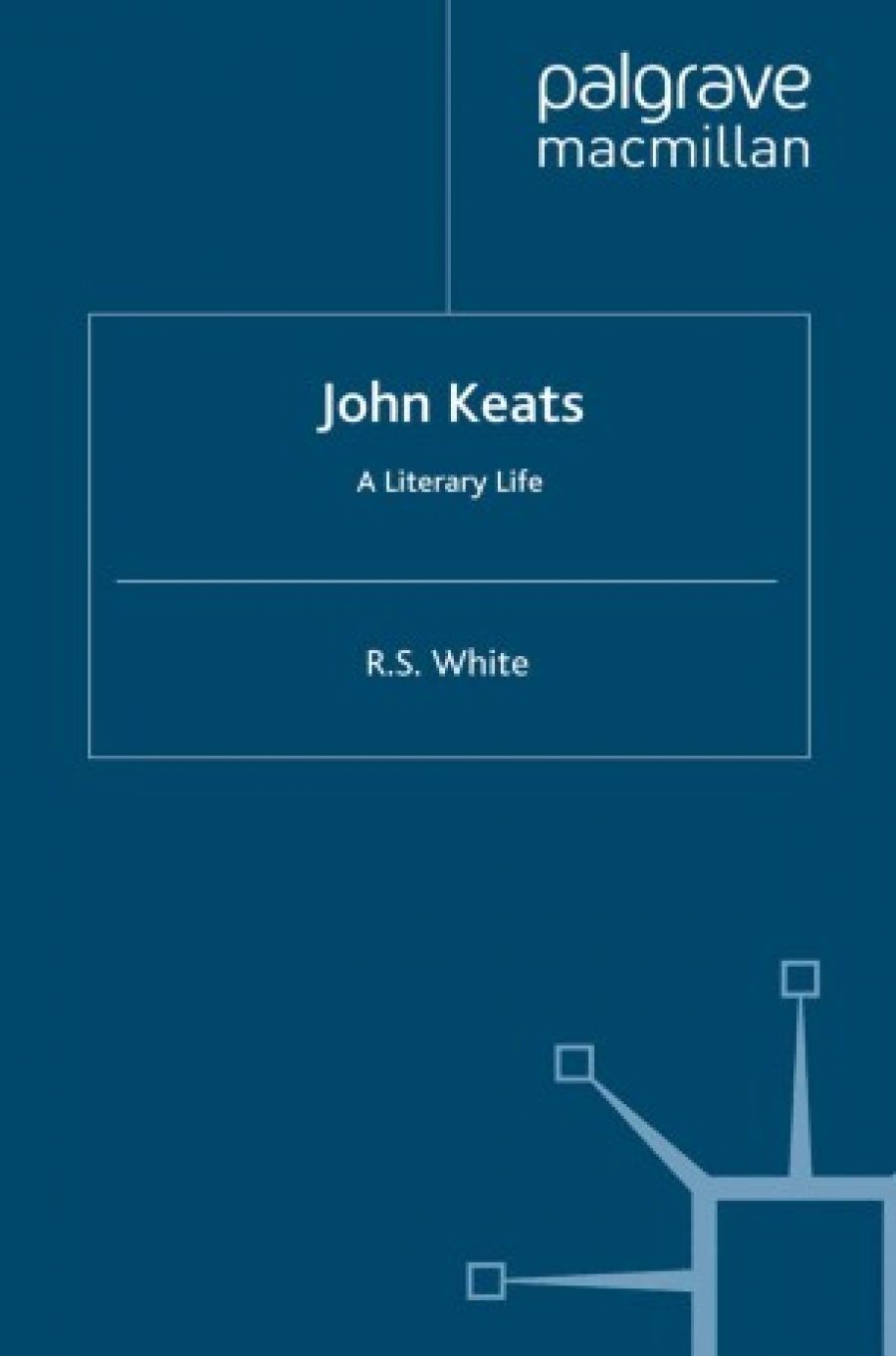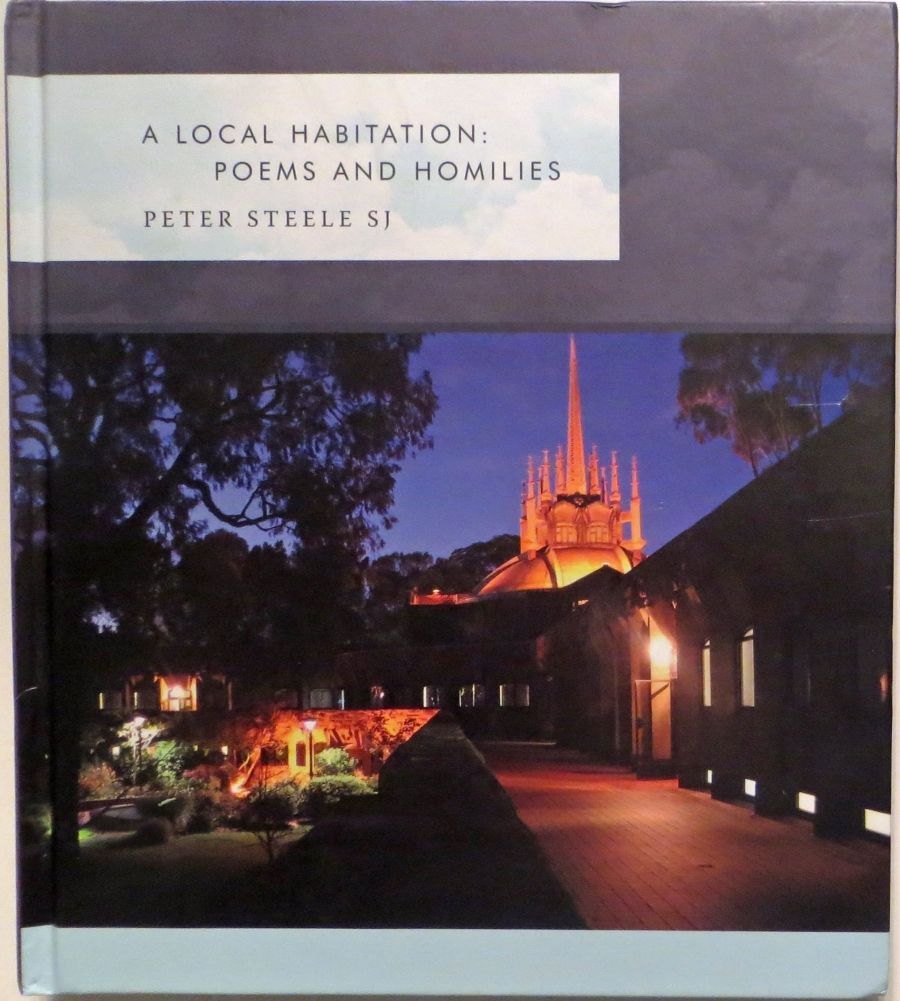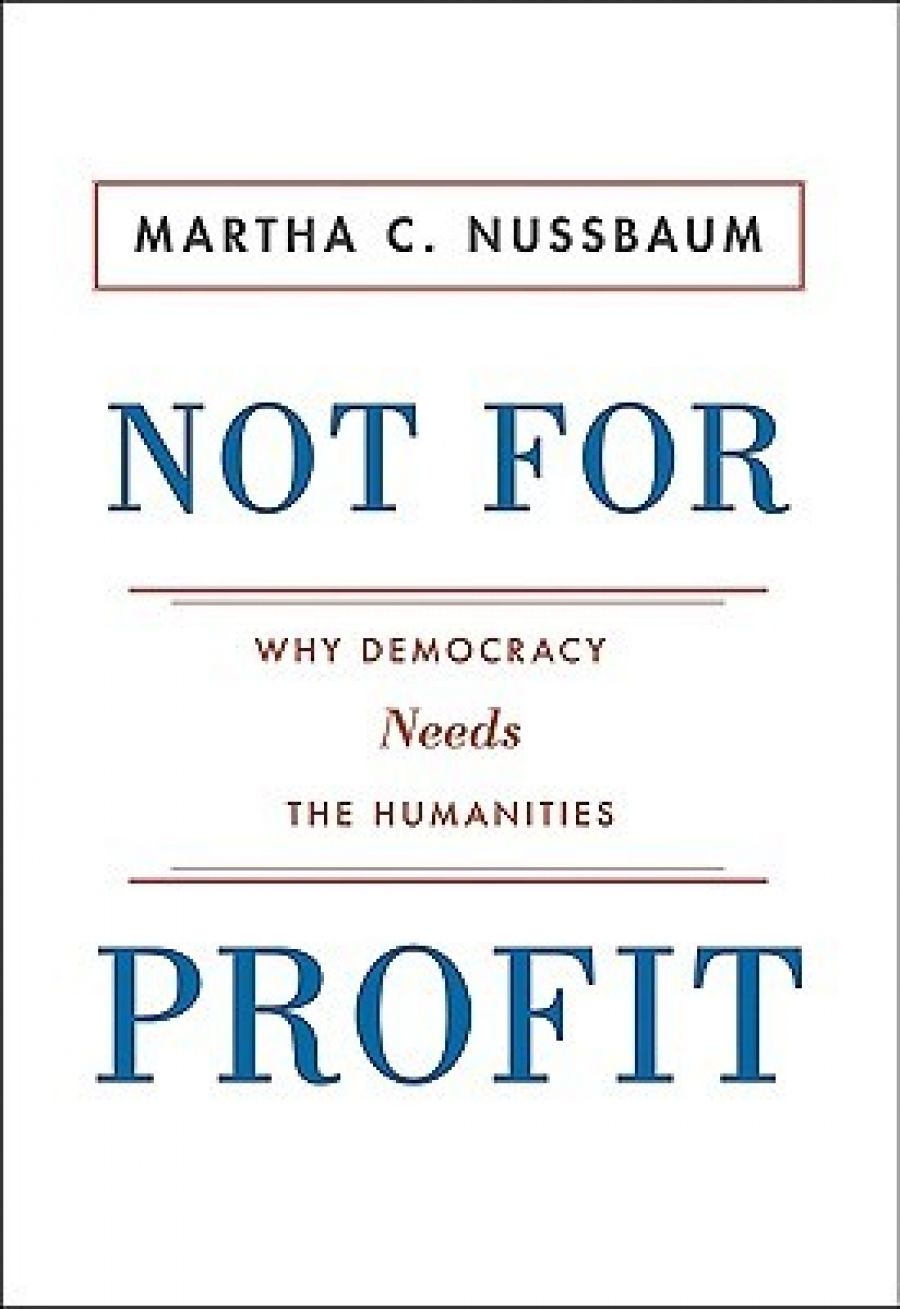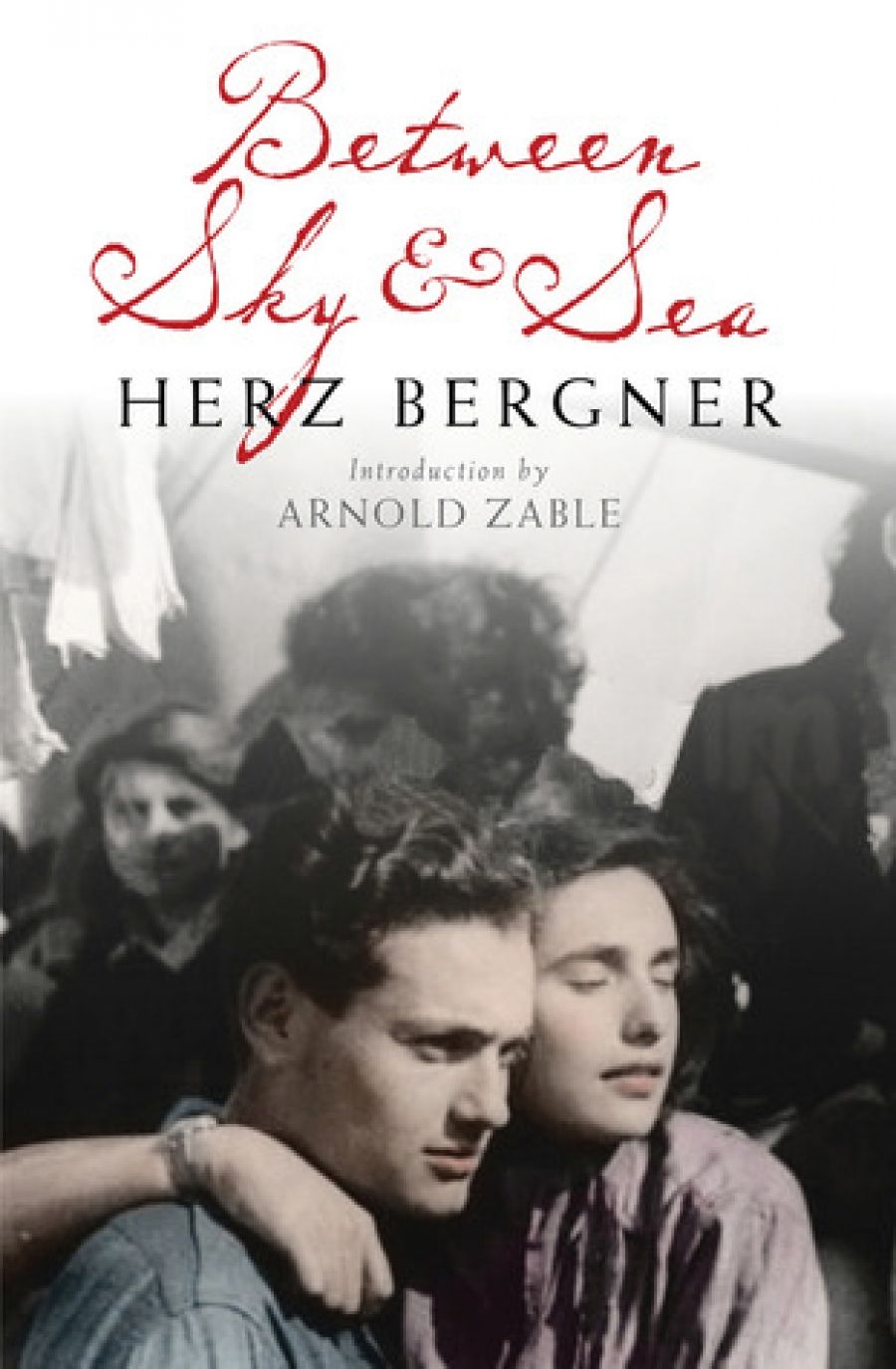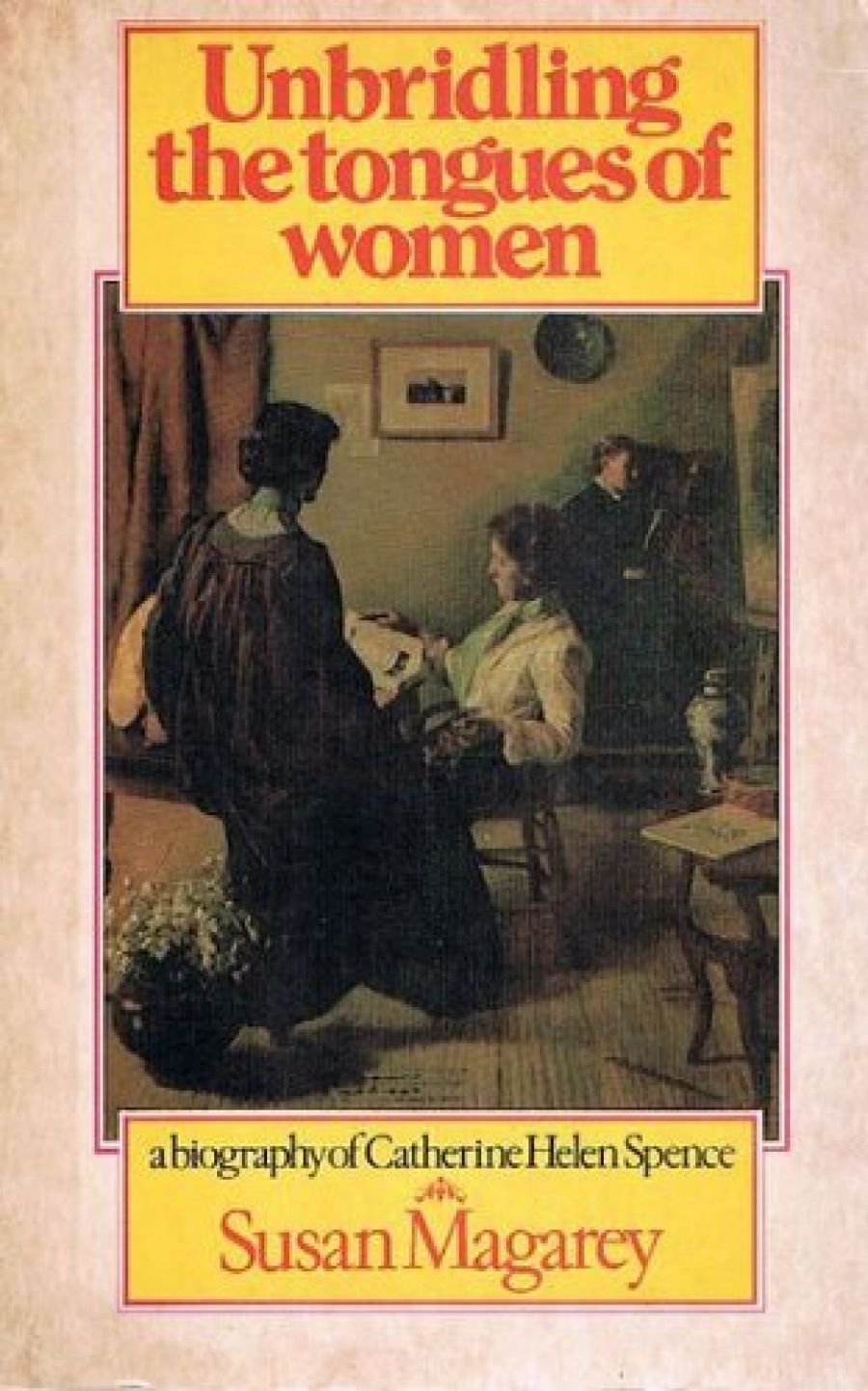- Free Article: No
- Contents Category: Advances
- Review Article: Yes
- Online Only: No
Art talk
We suspect that this issue of ABR, at eighty pages in the print edition, is our longest yet. There were so many books to accommodate, plus a welcome new cohort of advertisers, especially in the gallery world. We thank all of them for their support.
Art is our chosen theme this month. The first half of the magazine contains a photo-essay by Carol Jerrems and an article on the new wing of the National Gallery of Australia; along with articles on Papunya, Lucian Freud, Brett Whiteley, Henri Cartier-Bresson, and Donald Friend, among others.
Special thanks to Christopher Menz – former Director of the Art Gallery of South Australia, and the author–curator of many exhibitions – for co-editing the Art issue. We’ll be doing it again next year, along with other themed issues.
Digital survey
Readers have been inundating us with their views on ABR’s electronic options. We are grateful for your time, your ideas, your support. The survey results will inform our choices in 2011. Happily, most people have embraced the idea of electronic versions of ABR. But some respondents have expressed alarm, fearful that the print edition would disappear. There are no plans whatsoever to eliminate the print edition. Perish the thought! If anything, new electronic forms – adding an important new stream of revenue – will only enhance the print edition.
Julia ii
Jacqueline Kent is writing for us again. It’s a wonder she has time. Since Julia Gillard’s ascension to the prime ministership, Ms Kent has been working on a new edition of her biography of Gillard, which appeared in 2009. The updated edition will be published on 22 November. Now Ms Kent is planning a biography of Kenneth Cook, to whom she was married. (She wrote about Cook for us in November 2009; ‘The Unsentimental Bloke: Kenneth Cook and Wake in Fright’). Jacqueline Kent’s review of Reg Grundy’s memoir will appear in the summer issue.
Culture mulcher
Chong Weng Ho, who generously designed all our covers between 2001 and 2008, returns this month with a spectacular design. Lovers of sophisticated blogging should not miss Chong’s Culture Mulcher, which is hosted, if that’s the right word, by Crikey.
Vale David Rowbotham
Distinguished Queensland poet David Rowbotham died in Brisbane on 6 October, aged eighty-six. Rowbotham, who served in the RAAF during World War II, was also a journalist, academic, and broadcaster. Ploughman and Poet, his first volume of poetry, appeared in 1954; Rogue Moons, his final collection, appeared fifty-three years later. He was made AM in 1988, and received the Patrick White Award in 2007.
December gong
The entrants in the ABR Short Story Competition, worth $2000, are a patient lot. We thank them for their forbearance. We look forward to announcing the winner and to publishing his or her entry in our summer issue. Because of the high quality of fancied entries, we have decided to publish the shortlisted stories on our website and to invite readers to select their favourites. The shortlist will be posted on 1 December. Voting will be conducted via email. The author of the most popular short story will be named in our February issue. Two lucky voters, drawn at random, will win terrific prizes.
Give-aways galore
This month, ten new subscribers will receive a copy of The Donald Friend Diaries, edited by Ian Britain (and reviewed by Patrick McCaughey here), with thanks to Text Publishing. Ten existing subscribers who renew for two years will be rewarded with a ticket valued at $90 to the Australian Chamber Orchestra’s next concert in Melbourne, Sydney, Brisbane, or Perth. Twenty other renewing subscribers will receive (courtesy of Potential Films) double passes to James Ivory’s new film, The City of Your Final Destination, which stars Anthony Hopkins, Laura Linney, and Charlotte Gainsbourg.
Read the review: see the show
New subscribers during ABR’s month of art may prefer to receive free tickets to one of two exhibitions: David to Cézanne at the Art Gallery of New South Wales, or Desert Country at the Art Gallery of South Australia (which is reviewed here). We have ten double passes for each to give away, with thanks to both galleries. Call us on (03) 9429 6700 to ensure that you don’t miss out on a prize.
CONTENTS: NOVEMBER 2010



